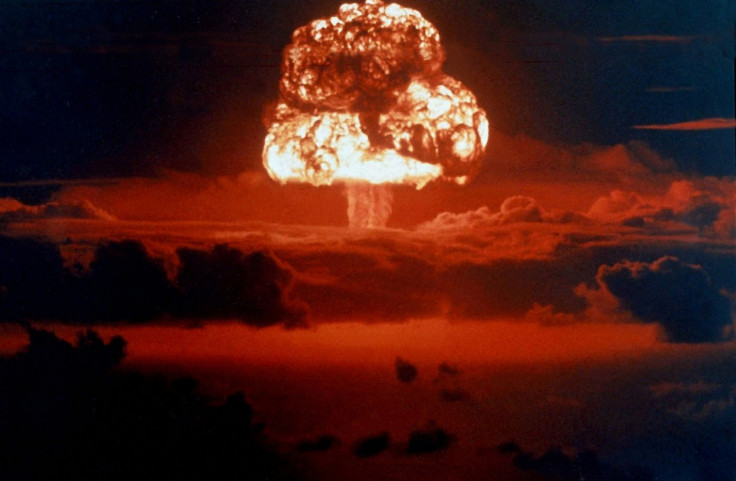Slam: Top secret US Cold War project was a supersonic, nuclear-powered cruise missile
The missile was too dangerous to test and was shelved in the prototype phase.

The US was once working on a deadly missile that had a long list of frightening capabilities. They wanted a cruise missile that could fly for days or even weeks after launch in a low altitude, at Mach 3.5, be nuclear-powered, drop thermonuclear weapons, and have an unshielded core that would spew radioactive material all along the way. Also, after dropping the nuclear bomb, it was to swan dive back into the ensuing explosion, maximising the radiation damage.
It was to be called the Supersonic Low Altitude Missile (Slam). It was never built, reports Popular Mechanics. The project was in the works for seven years and the Pentagon wanted one by 1965, just as the Cold War died down. The Americans reportedly wanted it "just in case" they had to retaliate against a Russian nuclear strike.
At this, time US already had ballistic missiles and cruise missiles that were nuclear-capable, but they wanted a fourth weapon in their arsenal. Dubbed the "Big Stick", Slam was handed over to Convair, an aerospace company.
The weapon was envisioned as an air breathing missile that would have a rocket to launch it and take it to speed, after which, the nuclear ramjet engine would kick in once the missile reached speed. Slam was expected to reach speeds of over Mach 3.5 and stay in the air for weeks on end till the order was given to carry out a nuclear strike. It would have had to enter enemy territory at altitudes of 1,000 feet or less.
Slam's creators also wanted its nuclear reactor to cause maximum radiation, so it would swan dive right into the explosion, spreading as much harmful radiation as possible. The cruise missile was supposed to carry both thermonuclear bombs as well as smaller nuclear bombs. Once finished, up to 26 nuclear bombs could have been carried by Slam.
A missile like this is not possible now as the Intermediate Nuclear Forces Treaty of 1987 does not allow the US to build ballistic or cruise missile with a range greater than 310 miles.
Slam would have had an unshielded core, which means it would leak radioactive material all through its journey. Even testing the viability of such a system would have been dangerous. A lot of the system, including the reactor that was to power the missile was successfully prototyped by the US.
Slam was officially never built and the project reportedly came to an end in 1964. It was, however, cancelled because it was not cost effective to build one. There was no way to test it safely, and intercontinental ballistic missiles (ICBM) were already widely available by then. ICBMs can reach any part of the planet, much faster and for a lot less money than a Slam.





















